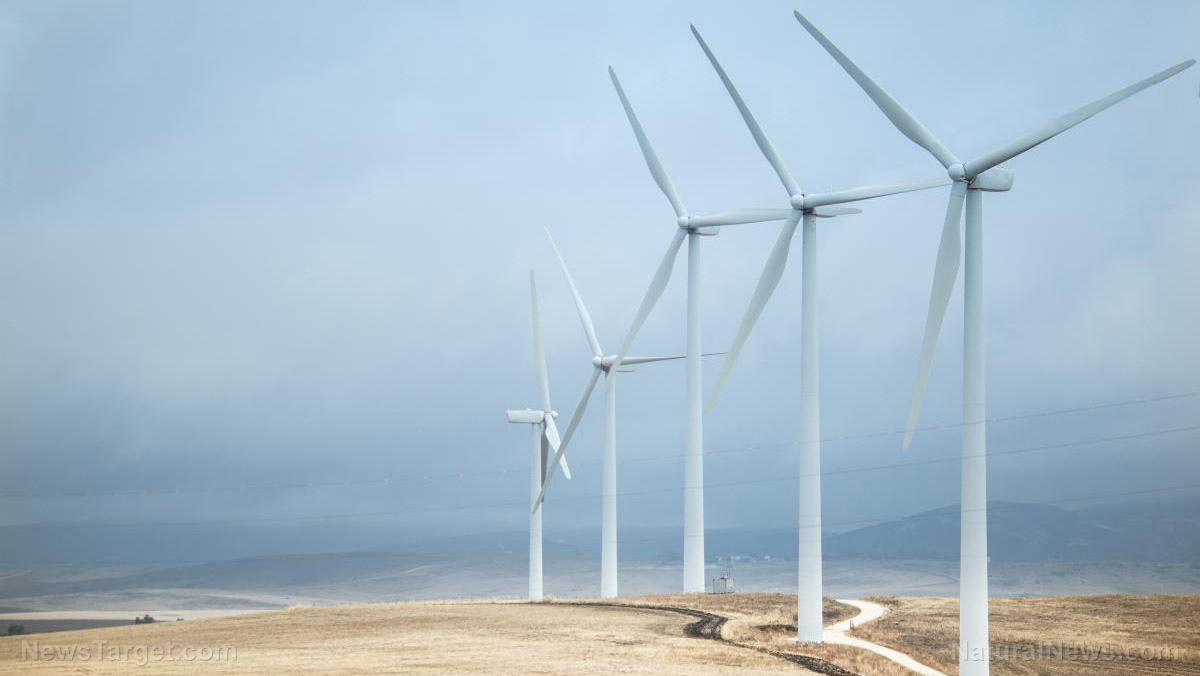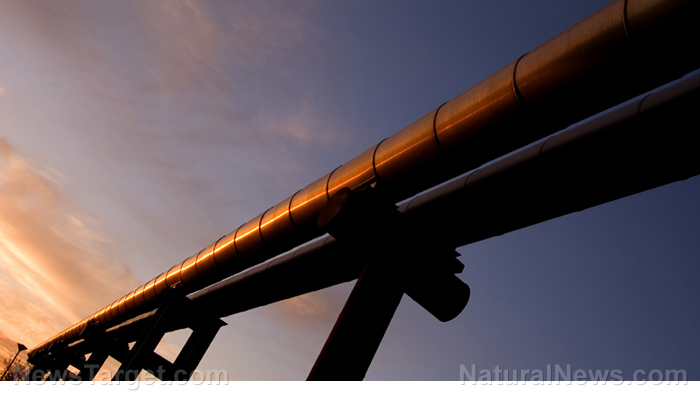 Parler
Parler Gab
Gab
Energy crisis in Texas underscores bigger problems with green energy
Jonathan Lesser, an adjunct fellow at the Manhattan Institute for Policy Research with more than 30 years of experience in the energy industry, argued that the country's transition to renewable energy sources will inevitably lead to more power outages. This is due to the intermittent quality of wind and solar, as evidenced by ERCOT's statements, and the lack of large-scale battery storage infrastructure that can make up for this unreliability. "The reality is: We're going to have to get used to more blackouts as long as we continue down this green energy path," said Lesser. "The technology simply isn't there. You're going to either have more blackouts or more requirements to conserve energy." Lesser pointed out that the least windy times of the year during summer are when electricity demand in Texas peaks. "So, you've got a resource that is at its highest in the spring and fall, when electricity demand is lowest. That means the wind as a resource has a low economic value because you want something that's available when demand is highest," said Lesser. "So, it's not surprising at all that Texas, which has the largest wind capacity of any state in the country, is seeing this problem." Utility power demand peaks in July and August. Fossil fuels still account for the vast majority of supply, with traditional fossil fuel sources generating about 68 percent of total nationwide power in July 2021. Wind and solar only produced 10 percent of power during the same period. In recent years, Texas has massively expanded its energy generation infrastructure, including building more solar and wind farms. For the past 16 years, Texas has generated the most wind power of any state in the country. Texas has around 35,000 megawatts worth of generating capacity for wind, amounting to about 25 percent of power generating capacity in the state. But last year, wind only accounted for 12 percent of power generation in the state. As Lesser pointed out, the disparity is due to wind power's unreliability. "If you build 500 megawatts of wind capacity, that doesn't mean you're getting 500 megawatt-hours of energy every hour of the day," said Lesser. "On dry land, wind capacity is probably around 30 to 40 percent, depending on what part of the country you're in." Lesser also noted that America does not have enough large-scale battery storage infrastructure, which is necessary to store the power created by renewable energy sources like wind. In total, the U.S. had about 4,605 megawatts of total battery storage by the end of 2021, but regularly consumes more than 400,000 megawatts per day. "Battery storage is, at this point, a pipe dream," said Lesser. "There's very little battery storage in the entire country. It's just a pure fantasy that we're going to have enough battery storage to meet demand." Watch this episode of the "Health Ranger Report" as Mike Adams, the Health Ranger, talks about energy hub explosions in America. This video is from the Health Ranger Report channel on Brighteon.com.More related articles:
First Oklahoma, now Texas: Another natural gas facility EXPLODES. Blackouts loom as increased energy demand puts strain on energy grids this summer. Biden admin preventing America's second-largest LNG plant from restarting operations. Texas electricity use surpasses all-time record amid scorching heat… but the grid is holding together for now. Concerns regarding use of forced labor in manufacturing process hampering future of solar power. Sources include: 12ft.io DallasNews.com FoxBusiness.com Brighteon.comWithout Russian gas, Germany won’t survive this next winter
By Ethan Huff // Share
EU energy firms racking up more DEBT to offset exorbitant energy costs
By Ramon Tomey // Share
By Mary Villareal // Share
Governments continue to obscure COVID-19 vaccine data amid rising concerns over excess deaths
By patricklewis // Share
Tech giant Microsoft backs EXTINCTION with its support of carbon capture programs
By ramontomeydw // Share
Germany to resume arms exports to Israel despite repeated ceasefire violations
By isabelle // Share










